In the ever-evolving landscape of professional tennis, moments of generational transition are often marked by bold pronouncements from the sport’s elder statesmen. Few voices command as much attention as that of John McEnroe, the seven-time Grand Slam singles champion and one of tennis’s most iconic figures. His recent assertion that Jannik Sinner represents a “better version of Novak Djokovic” has sent ripples through the tennis world, sparking debate and analysis about the future of the men’s game. This declaration came in the wake of Sinner’s dominant victory over Djokovic in the Wimbledon semifinals, a match that many saw as a symbolic passing of the torch.
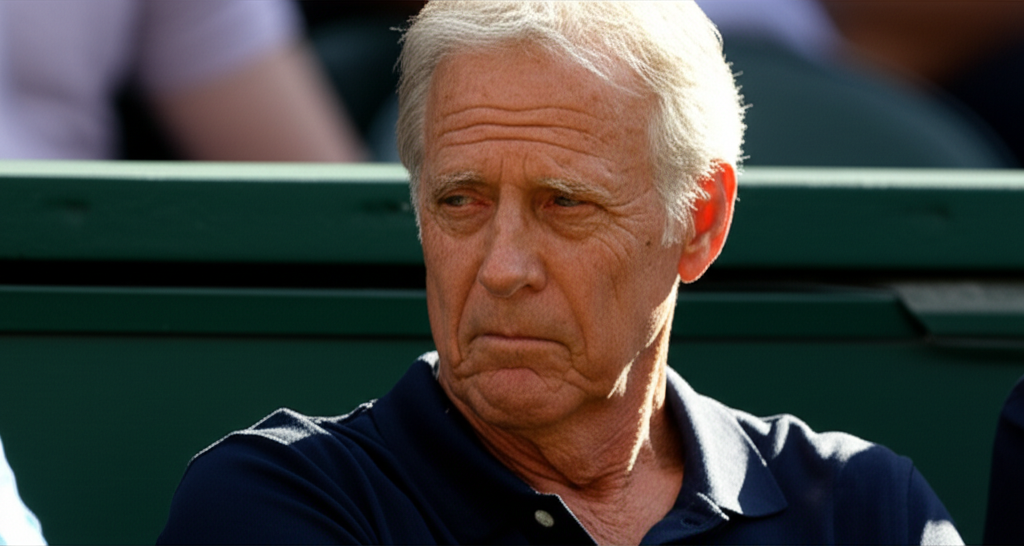
John McEnroe: A Voice of Authority
John McEnroe’s commentary carries significant weight due to his legendary playing career and his consistent presence as an analyst. Known for his fiery on-court demeanor and unparalleled touch at the net, McEnroe transitioned into a highly respected commentator, offering candid and often provocative insights into the sport. His ability to dissect matches with precision, coupled with his deep understanding of the mental and physical demands of elite tennis, makes his opinions highly influential. When a player of McEnroe’s stature makes a comparison of this magnitude, it is not merely hyperbole but a considered observation rooted in decades of experience at the highest level.
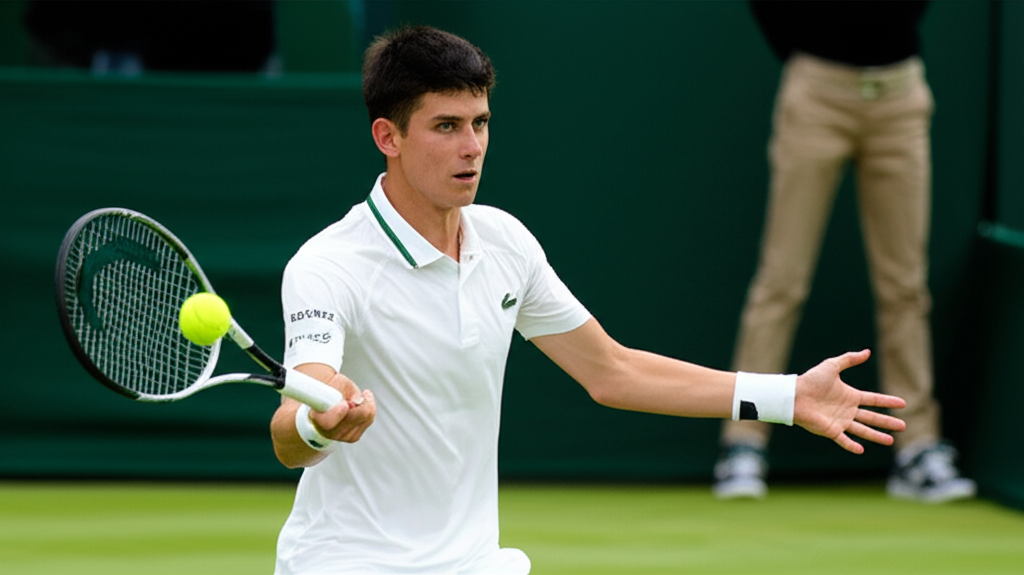
The Unparalleled Game of Novak Djokovic
To understand the gravity of McEnroe’s statement, one must first appreciate the statistical and stylistic mastery of Novak Djokovic. Widely regarded by many sports analysts, tennis players, and media pundits as the greatest male tennis player of all time, Djokovic has amassed an astounding record 24 Grand Slam singles titles. He holds the record for most weeks as world No. 1, with a total of 428 weeks, and has finished as year-end world No. 1 a record eight times.
Djokovic’s playing style is characterized by an exceptional all-court game, blending aggressive baselining with iron-clad defense. He is renowned for his phenomenal return of serve, often considered one of the best in history, a weapon that allows him to neutralize even the biggest serves. His flexibility, extraordinary reaching ability, and uncanny ability to turn defense into offense rapidly make him incredibly difficult to beat. Djokovic’s double-handed backhand is often cited as one of the greatest in the men’s game, marked by impeccable timing and consistency. While his serve was a focus of improvement early in his career, it has evolved into a highly effective weapon. Beyond the technical aspects, Djokovic’s mental fortitude and ability to perform under pressure are unparalleled, often enabling him to win “big points.” He is also the only man to achieve a triple Career Grand Slam, winning all four majors at least three times, and has completed the Career Golden Masters, winning all nine ATP Masters tournaments.
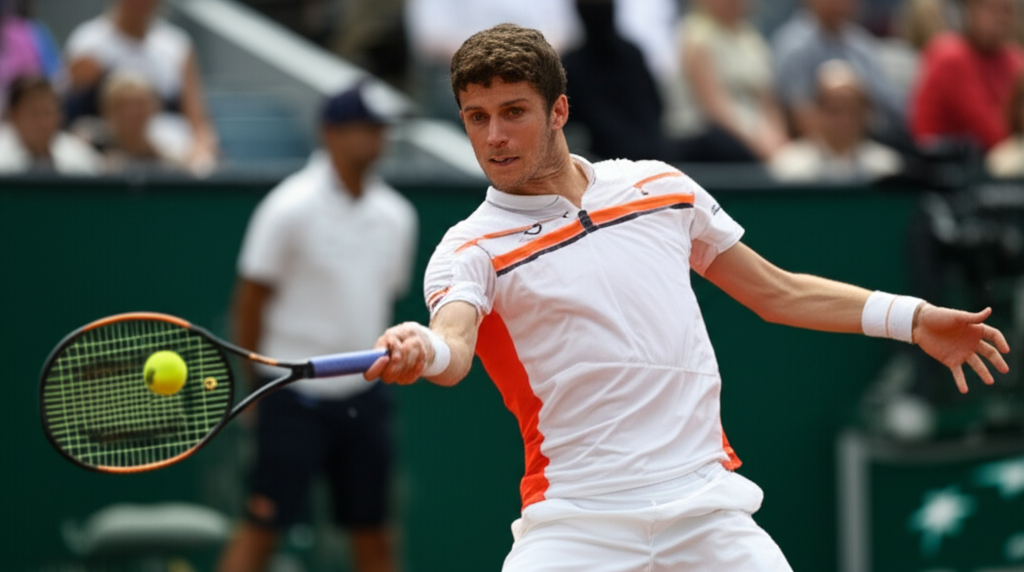
Jannik Sinner: The Ascendant Force
Jannik Sinner, born in August 2001, has rapidly ascended the ranks of professional tennis, becoming the first Italian man to reach the ATP world No. 1 ranking. Despite limited success as a junior, Sinner turned professional at 16 and quickly made his mark, winning multiple ATP Challenger Tour titles by age 17. He won the Next Generation ATP Finals in 2019 and was named ATP Newcomer of the Year. By 2021, he became the first player born in the 2000s to enter the top 10.
Sinner’s game is marked by clean ball-striking from the baseline, powerful groundstrokes, excellent movement, and an innate ability to anticipate his opponent’s shots. He has a strong serve and possesses the unique ability to flip from defense to offense in an instant, often neutralizing powerful serves with his precise returns. His swift improvement over the past couple of years has been unmistakable, leading to significant title wins, including two Australian Open titles, one Wimbledon title, and one US Open title. He also led Italy to consecutive Davis Cup crowns in 2023 and 2024.
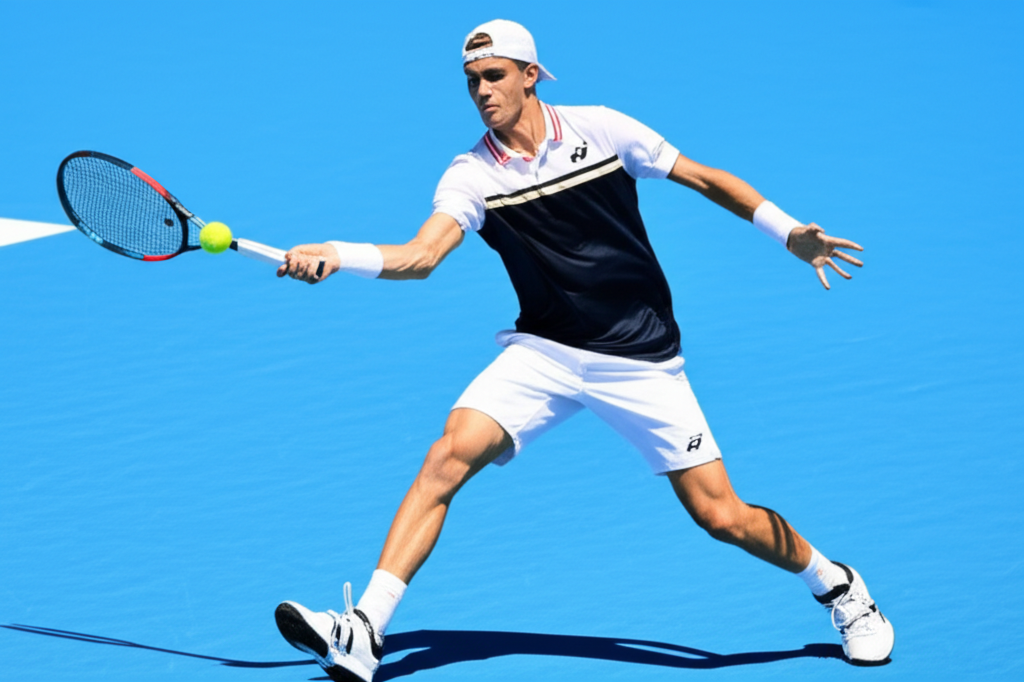
Deconstructing McEnroe’s Comparison: A “Better Version”
John McEnroe’s provocative statement that Jannik Sinner is a “better version of Novak Djokovic” emerged after Sinner’s decisive straight-sets victory over Djokovic in the Wimbledon semifinals. McEnroe observed that watching the match felt “like seeing a better version of Novak Djokovic playing himself.” He highlighted the uncanny similarities in their game styles, particularly their consistency, movement, and sliding on court.
The core of McEnroe’s argument lies in several key aspects:
1. Court Coverage and Movement:
McEnroe noted that he had “never seen Sinner move and cover the court so effectively,” emphasizing not just his prowess from the backcourt but also his ability to come to the forecourt and execute delicate touch shots like lobs. This mirrors Djokovic’s renowned defensive capabilities and his ability to retrieve seemingly unretrievable balls, often pushing opponents to their limits. Sinner himself has stated that he “looked up to him [Djokovic], trying to understand what he’s doing” regarding movement and handling pressure.
2. Baseline Dominance and Ball Striking:
Both players are aggressive baseliners who aim to dominate rallies from the back of the court. McEnroe observed that Sinner was doing the “exact same things that made Novak get to that pantheon of the sport.” Sinner’s game is characterized by “clean ball striking from the baseline,” a quality he shares with Djokovic. Alexander Zverev, after losing to Sinner, also drew parallels, stating that Sinner, like “prime Novak,” barely misses and makes opponents feel they “have to overhit all the time to have a chance.”
3. Ability to Flip Defense to Offense:
A hallmark of Djokovic’s game is his ability to transition seamlessly from a defensive posture to an offensive one, turning seemingly lost points into winners. Sinner demonstrates a similar aptitude, possessing the “ability to flip from defense to offense in a split second.” This strategic flexibility allows both players to absorb pressure and then counter-attack with devastating effect.
4. Neutralizing Power and Return of Serve:
Djokovic’s return of serve is a legendary aspect of his game, allowing him to neutralize even the fastest serves. Sinner exhibits a similar “wherewithal and reflexes to neutralize even the biggest servers.” This shared strength puts immense pressure on opponents’ service games, a crucial factor in elite tennis.
5. Evolution and Improvement:
McEnroe’s comments also implicitly acknowledge Sinner’s rapid development. Alexander Zverev, a fellow top player, has noted Sinner’s significant improvements across all aspects of his game, including serve, returns, forehand, backhand, movement, and volleys. This continuous evolution suggests that Sinner is not merely replicating Djokovic’s game but potentially refining and enhancing certain elements.
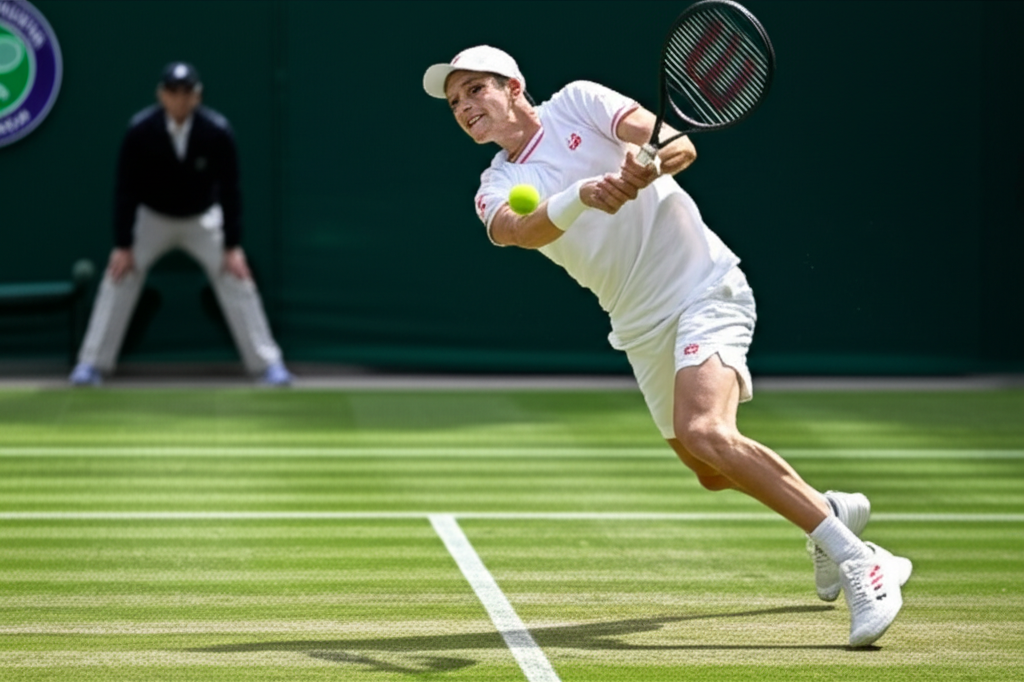
The “Better Version” Argument: Nuance and Implications
While McEnroe’s statement is designed to be impactful, the “better version” aspect carries nuance. It’s not necessarily a claim of overall superiority over a player with Djokovic’s unparalleled list of accomplishments. Instead, it seems to suggest that Sinner has adopted and perhaps even optimized certain key elements of Djokovic’s game, particularly his baseline consistency, defensive capabilities, and ability to absorb pressure, at a younger age or with a slightly different execution that makes him particularly formidable in the current era.
Djokovic himself recognizes the similarities, stating, “I think it’s obvious in terms of I guess the style of play that we both have, that we have quite a bit of similarities. We try to take the ball early, be aggressive, dominate the exchange from the baseline.” However, he also noted differences, mentioning that he plays with “more nuance and variety” and that their mental demeanors are “completely different.”
McEnroe’s commentary also touched upon Djokovic’s age (38) and recent struggles, suggesting that “father time is undefeated” and that Djokovic is “finally joined the crowd of older champions that realise the best is behind them.” This context underscores that the “better version” claim might also reflect the natural progression of the sport, where newer generations learn from and build upon the strategies of their predecessors.
The comparison also highlights the cyclical nature of tennis, where dominant playing styles are refined and adapted by successive generations. Sinner, having explicitly studied Djokovic’s game and how he handles pressure, has integrated these lessons into his own distinct style.
Conclusion
John McEnroe’s assertion that Jannik Sinner is a “better version of Novak Djokovic” is a testament to Sinner’s extraordinary talent and rapid ascent in the world of tennis. While Djokovic’s legacy as one of the greatest of all time remains firmly intact, McEnroe’s observation points to a significant stylistic convergence and evolution in Sinner’s game. By mastering elements such as impenetrable defense, pinpoint ball-striking, and the ability to seamlessly transition between offensive and defensive play, Sinner has indeed built a game that mirrors the strengths of the Serbian maestro, arguably with an added youthful intensity and current form. This bold comparison not only elevates Sinner’s standing but also signals a thrilling new chapter in men’s tennis, where the torch is steadily being passed to a new generation of players who have learned from, and in some cases, enhanced the strategies of the sport’s all-time greats.



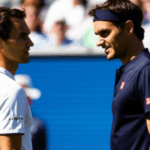
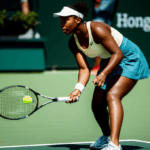
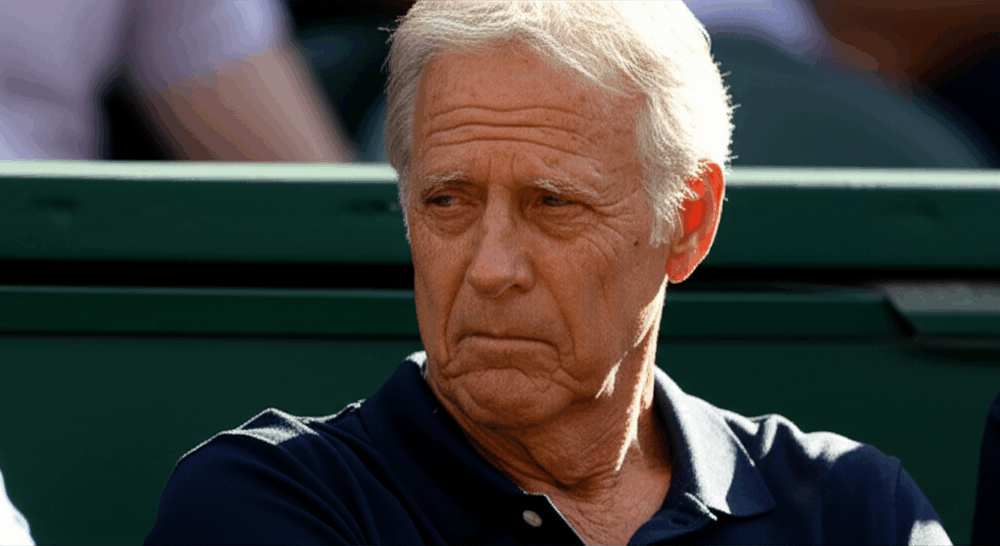


No Comment! Be the first one.